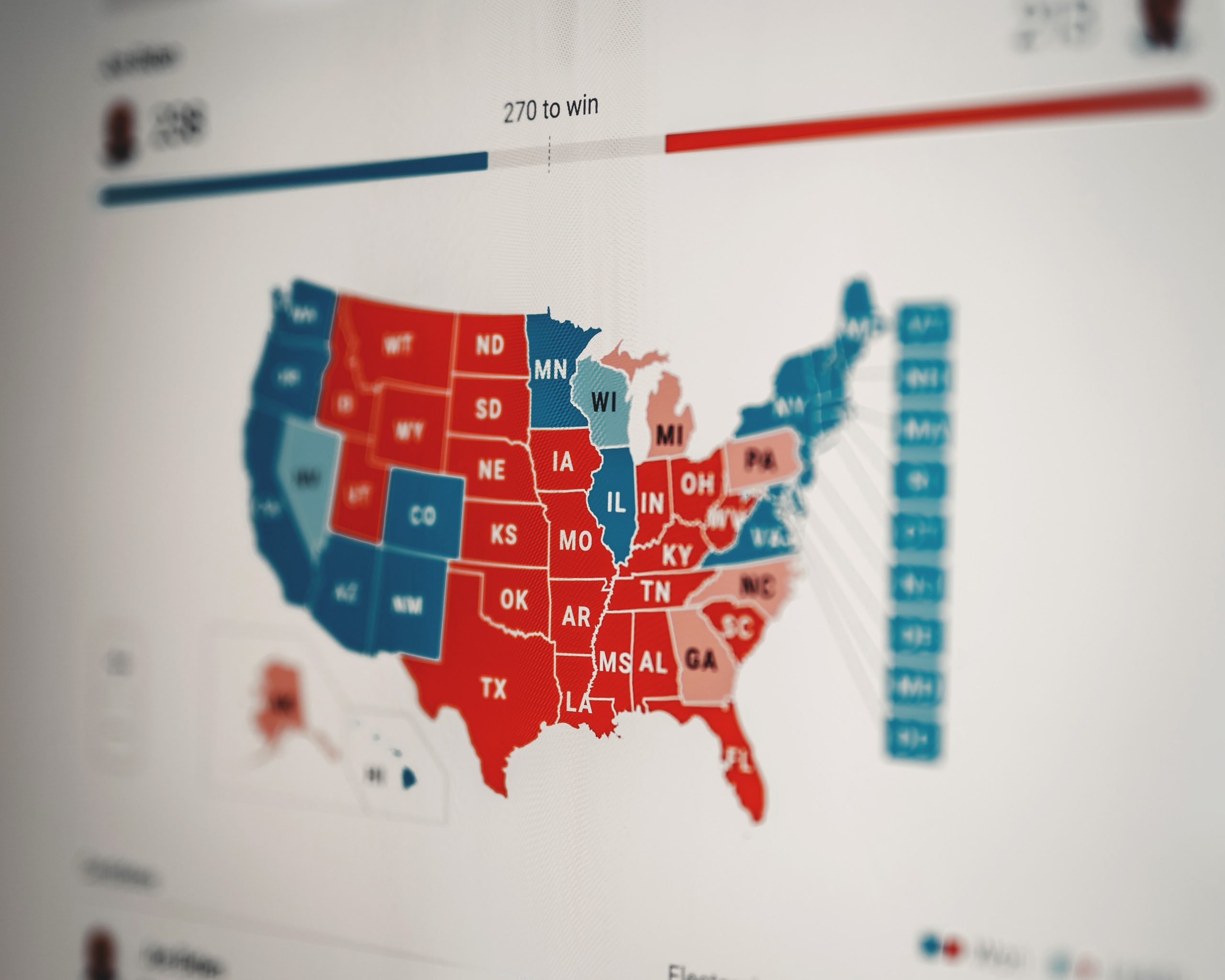
There is a generational gap between the younger and the older members of the Democratic left.
Pew Research Center, a nonpartisan think-tank, explained that millennials continue to have increasingly distinct liberal outlooks — maybe even more “demanding” than older members of the left.
The new “Third Party”
In 2016, millennials (ages 18-35) and Generation Xers (36-51) were the most Democratic generation, according to Pew Research. Twenty-seven percent of millennials and 21% of Gen Xers considered themselves liberal Democrats or Democratic-leaning individuals.
In contrast, 17% of Boomers (52-70) and 15% of the Silent Generation (71-88) identified as liberal. Members of these generations were most likely to be Republican or right-leaning at 31% and 36% respectively.
While the amount of young leftist is growing, some Democrats believe progressive millennials and boomers are dividing the party.
“The young left has become a sort of third party,” wrote The Atlantic reporter, Derek Thompson.
This is because Americans above the age of 55 own two-thirds of the nation’s wealth, but only make up a third of the population, explained Thompson. Additionally, older Americans are more likely to own the most valuable real estate and investment portfolios.
Young Americans (those under the age of 40) are well educated, peaceful and law abiding. But they still suffer most from high student debts and from the economic recession and recovery, Thompson explained.
Millennials and Gen Xers are some of the most affected by crises including the 2008’s great economic recession, and now, the COVID-19 pandemic — which Sky News described as the “sharpest recession” yet in the U.S. Thus, young Americans are now poorer than previous generations.
Young, Poor and Progressive
According to The Atlantic’s Derek Thompson, those factors have led young “left” Americans to increasingly demand power, control and justice from political leaders.

Thompson said this is exemplified in the 2008, 2012 and 2016 U.S.general elections. In 2008 and again in 2012, President Barack Obama won a majority of the youth votes. So did Senator Bernie Sanders in 2016.
Pew Research indicated that in 2008, 66% of voters under the age of 30 voted for Obama. President Obama’s policies included lower health costs by establishing the Affordable Care Act (ACA) aka Obamacare to improve quality of life for those who are not able to get health insurance from their jobs. This was attractive for the young voters who are not as well off as previous generations.
In the 2016 presidential election, Sanders also won and dominated the youth vote. According to The Washington Post, 56% of voters under the age of 30 voted for Sanders, 23% voted for Trump and another 21% voted for Clinton.
Sanders’ proposed policies might seem even more appealing to the younger generation. This includes cancellation of student debt, and free college, housing and Medicare for all.
For instance, Inc. explained that the younger generation is expected to skip college. That is mainly because of the escalating costs of higher education.
Furthermore, Business Insider reported that the average millennial only has an $8,000 net worth, and is delaying life because of student loan debt. Also 49% of millennials have had to delay needs for medical care because they cannot afford it, another report added.
Written by: Laura Arman
The Uncertain Future
With this in mind, it is no wonder that younger Democrats are encouraging the moderate members of the party to incorporate more progressive policies — like student loan forgiveness, raising taxes on the wealthiest Americans, boosting the federal minimum wage, and legalizing cannabis, among others.
So, this is the generational gap — the very “demanding” young left, and of course, their fight to escape poverty. The future seems uncertain for these Americans, but only time will tell whether or not next year’s inauguration of President elect Joe Biden and Vice President elect Kamala Harris will truly represent the concerns of the “young left.”
Written by: Laura Arman



Leave a Reply